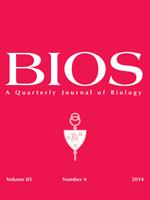Despite the increased incidence of fibrotic diseases with advancing age, little is known about the role of aging in these pathologies. Recent studies have proposed that senescence is an anti-fibrotic mechanism that promotes fibrosis resolution through apoptotic clearance of senescent cells. However, all of these studies were performed using young mice. It is not known whether the fate of senescent cells is altered in the context of aging. Here, lung myofibroblasts were isolated from young (2 month) and aged (20 month) mice, and cells were cultured ex vivo. Cells were treated with apoptotic stimuli and cellular viability was assessed. Senescent myofibroblasts exhibited increased resistance to cell death as compared to myofibroblasts isolated from young mice. Secreted factors from young myofibroblasts restored susceptibility of senescent myofibroblasts to cell death. These findings challenge the concept of cellular senescence as an anti-fibrotic mechanism and offer proof-of-concept that the fate of senescent cells may be altered in the context of aging. These studies provide insight into therapeutic treatment strategies for pathological fibrosis associated with aging.
How to translate text using browser tools
1 December 2014
Secreted factor(s) from young cells restores susceptibility to cell death in senescent myofibroblasts
Kayla Murphy,
Naomi J. Logsdon,
Stanley K. Sessions,
Louise Hecker
ACCESS THE FULL ARTICLE





